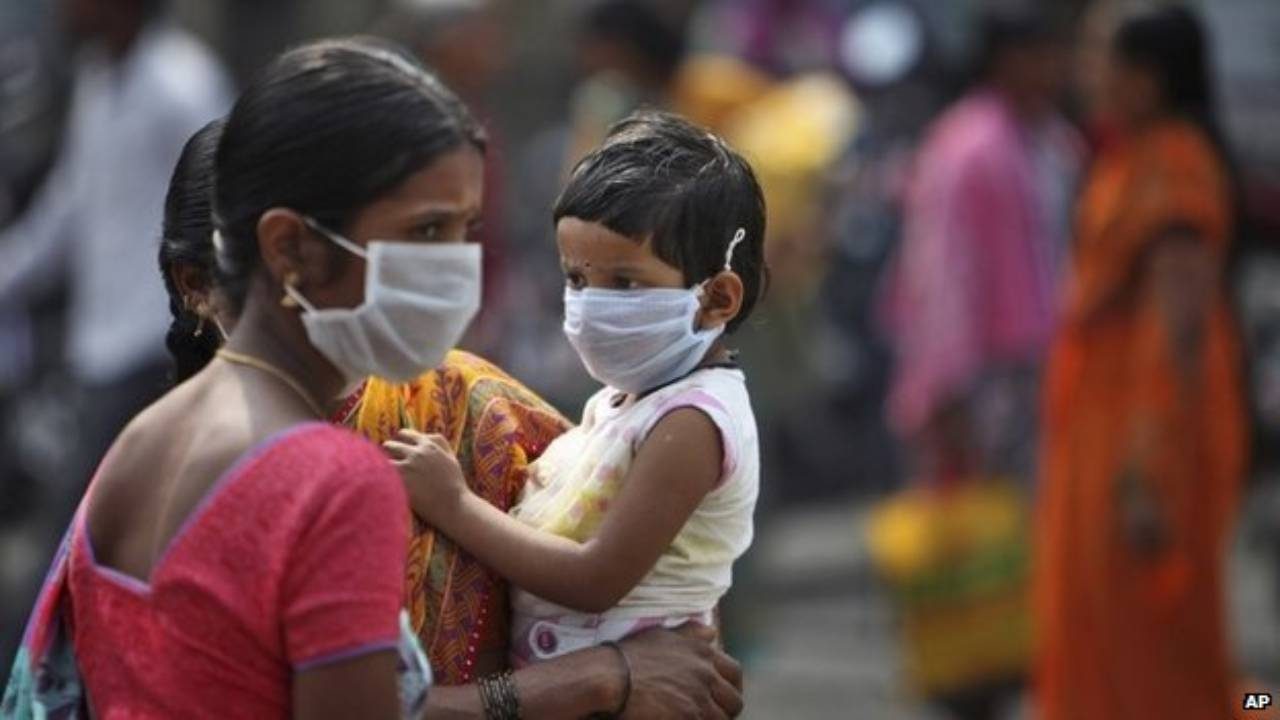As winter approaches the flu season is upon us. Characterized by fever, chills, body ache, fatigue and sometimes runny nose and cough, flu unlike common colds have the potential to result in serious health problems. Flu is generally caused by the influenza virus Types A and B. routine spread of these in people is responsible for seasonal flu epidemic each year. Recently swine flu caused by the H1N1 virus has also surfaced. Symptoms are similar but swine flu is more likely to include diarrhea and vomiting.
Vaccines for influenza exist and are recommended, especially for vulnerable groups like children, elderly, pregnant women, and immune compromised individuals. Swine flu vaccines have recently been developed and are still being worked on. NHS in the UK recommends this for people who are most likely to become seriously ill on catching swine flu virus and this also include health care workers.
Flu is rampant and often results in serious complications
Flu is rampant and often results in serious complications like pneumonia, ear infections, sinus or even worsen long term conditions like congestive heart failure, asthma or diabetes. It might also lead to muscle inflammation, heart attacks or organ inflammation. Yet India with a large, dense population doesn’t have a plan or programme in place to tackle this. Flu vaccine doesn’t form a part of UIP and is only privately available.
Last year in 2018, India had confirmed 5,651 cases and 464 deaths from H1N1 by the first week of October. This year too cases have been reported from Tamil Nadu where a 47 year old woman succumbed to the virus; and Odisha. Deaths from complications arising due to regular influenza are never even reported.
Last year Punjab was one of the worst affected states and the state doesn’t have a plan for immunizing high risk health staff leading to a situation where they are scared of attending to suspected cases. Similar situation prevails pan India.
In fact, most flu cases in India are treated mainly through over the counter drugs or anti-biotics. The latter are ineffective in treating flu viruses and it is leading to another big problem of antimicrobial resistance (AMR). India already has a high AMR burden and more antibiotics are used in aggregate in India than in any other country. Moreover, research led by Francis Crick Institute in the UK showed that antibiotics could wipe out early flu resistance, adding further evidence that they should not be taken or prescribed lightly.
It is estimated that India has had its worst decade (2009-19) with swine flu yet with 137,323 cases being registered and 10,614 people dying of the disease. This year, more than 27,000 people have already been diagnosed with swine flu and 1,167 have died from the disease in India, according to the latest data from the National Centre for Disease Control (NCDC), Ministry of Health and Family Welfare.
Global influenza pandemic has been identified as the top ten threats to global health in 2019. Swine flu and influenza together have potential to cause serious damage to health of the nation and also result in adverse economic consequences. Yet flu is not yet taken seriously in India despite serious morbidity and significant mortality that it causes. It is either left untreated or worse treated with unnecessary medication leading to rise of anti microbial resistance. Densely populated country like India cannot ignore flu.


















